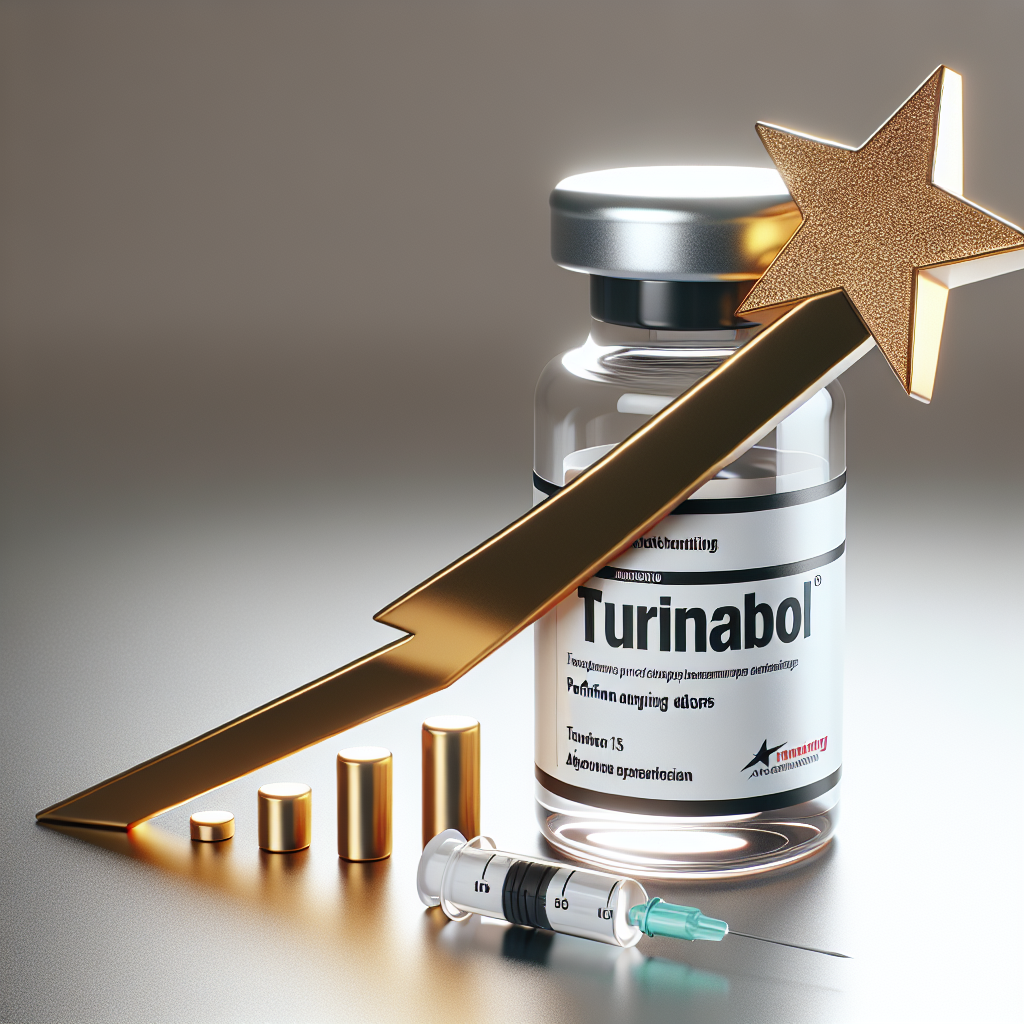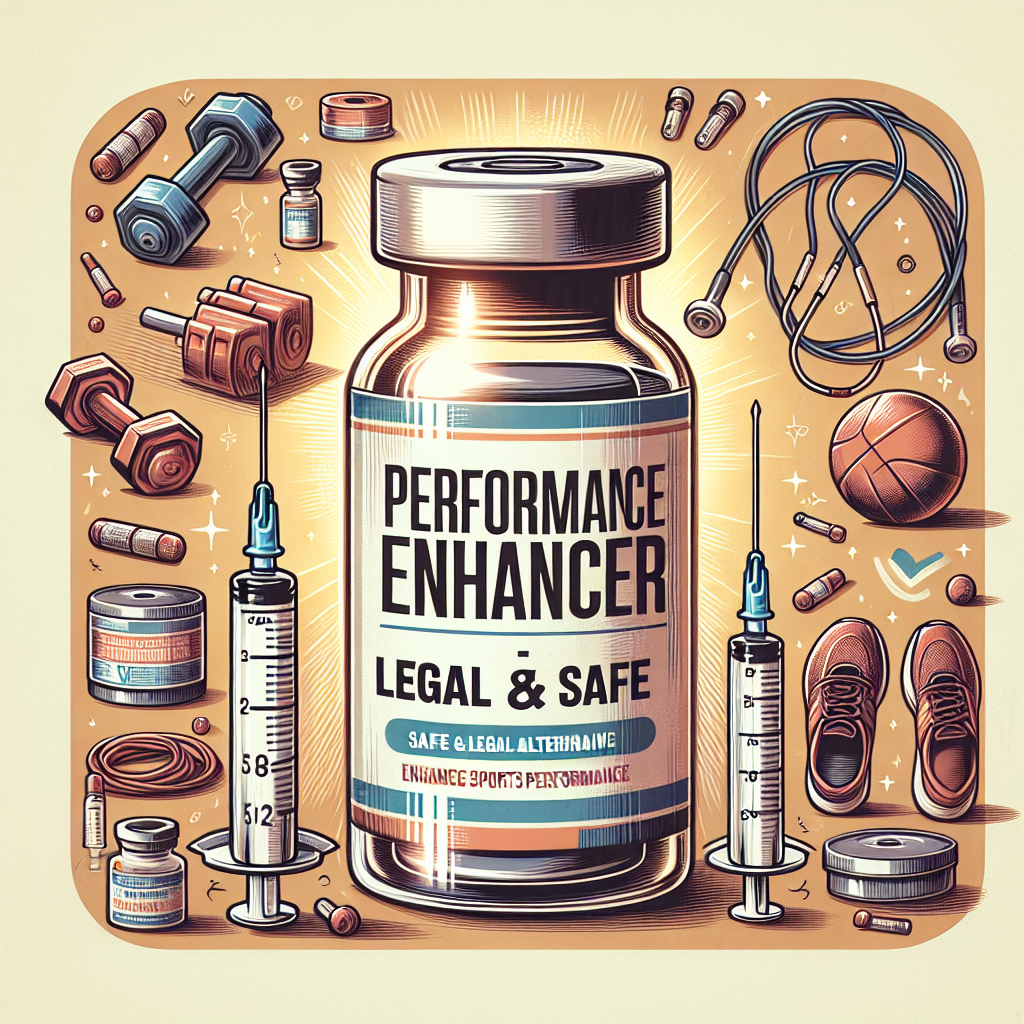-
Table of Contents
- The Double-Edged Sword: Methandienone Injection for Endurance Athletes
- The Basics of Methandienone Injection
- Pharmacokinetics of Methandienone Injection
- Pharmacodynamics of Methandienone Injection
- The Benefits of Methandienone Injection for Endurance Athletes
- The Risks and Side Effects of Methandienone Injection
- Real-World Examples
- Expert Opinion
- References
The Double-Edged Sword: Methandienone Injection for Endurance Athletes
Endurance athletes are constantly seeking ways to improve their performance and achieve their goals. From specialized training programs to strict diets, athletes are always looking for that extra edge. One method that has gained popularity in recent years is the use of performance-enhancing drugs, specifically methandienone injection. While this substance has been shown to have positive effects on endurance and strength, it also comes with potential risks and side effects. In this article, we will explore the use of methandienone injection for endurance athletes, its pharmacokinetics and pharmacodynamics, and the potential benefits and risks associated with its use.
The Basics of Methandienone Injection
Methandienone, also known as Dianabol, is an anabolic-androgenic steroid (AAS) that was first developed in the 1950s. It is a synthetic derivative of testosterone and is commonly used to promote muscle growth and improve athletic performance. Methandienone is available in both oral and injectable forms, with the injectable form being the preferred choice for endurance athletes due to its longer half-life and slower release into the body.
When injected, methandienone is rapidly absorbed into the bloodstream and binds to androgen receptors in various tissues, including muscle cells. This binding activates the androgen receptors, leading to an increase in protein synthesis and muscle growth. It also has a direct effect on the central nervous system, increasing motivation and aggression, which can be beneficial for athletes during training and competition.
Pharmacokinetics of Methandienone Injection
The pharmacokinetics of methandienone injection are complex and can vary depending on factors such as dosage, frequency of administration, and individual metabolism. The half-life of methandienone injection is approximately 4-6 hours, meaning that it takes this amount of time for half of the substance to be eliminated from the body. However, the effects of the drug can last up to 24 hours due to its slow release into the body.
Studies have shown that the peak concentration of methandienone in the blood occurs within 1-2 hours after injection, with levels gradually decreasing over the next few hours. This rapid increase in blood concentration can lead to a surge in energy and strength, making it a popular choice for athletes looking for a quick boost before a competition.
Pharmacodynamics of Methandienone Injection
The pharmacodynamics of methandienone injection are closely linked to its pharmacokinetics. As mentioned earlier, the drug binds to androgen receptors in various tissues, leading to an increase in protein synthesis and muscle growth. It also has a strong anabolic effect, meaning that it promotes the growth of muscle tissue while inhibiting the breakdown of muscle proteins.
In addition to its anabolic effects, methandienone also has androgenic effects, which can lead to the development of male characteristics such as increased body hair and a deeper voice. These effects are more pronounced in women, making methandienone injection a less desirable option for female athletes.
The Benefits of Methandienone Injection for Endurance Athletes
The use of methandienone injection has been shown to have several benefits for endurance athletes, including improved performance and increased muscle mass. Studies have shown that athletes who use methandienone experience an increase in strength and endurance, allowing them to train harder and longer. This can be especially beneficial for endurance athletes who need to maintain a high level of performance for extended periods of time.
In addition to its performance-enhancing effects, methandienone injection has also been shown to have a positive impact on recovery. The drug can help reduce muscle damage and inflammation, allowing athletes to bounce back quicker from intense training sessions. This can be particularly beneficial for endurance athletes who often push their bodies to the limit during training and competition.
The Risks and Side Effects of Methandienone Injection
While methandienone injection may have its benefits, it also comes with potential risks and side effects that athletes should be aware of. One of the most significant risks associated with the use of methandienone is liver toxicity. Studies have shown that long-term use of the drug can lead to liver damage, including the development of liver tumors. It is essential for athletes to monitor their liver function regularly while using methandienone and to discontinue use if any abnormalities are detected.
Other potential side effects of methandienone injection include increased blood pressure, acne, and male pattern baldness. Women who use the drug may experience virilization, which can lead to the development of male characteristics. It is crucial for athletes to carefully consider the potential risks and side effects before using methandienone and to consult with a healthcare professional for guidance.
Real-World Examples
The use of methandienone injection for endurance athletes is not a new phenomenon. In fact, it has been used by athletes for decades, with some notable examples being Olympic sprinter Ben Johnson and professional cyclist Lance Armstrong. Both athletes were found to have used methandienone during their careers, highlighting the prevalence of performance-enhancing drugs in the world of sports.
However, it is important to note that the use of methandienone and other performance-enhancing drugs is prohibited by most sports organizations and can result in severe consequences for athletes who are caught using them. It is crucial for athletes to understand the potential risks and consequences before deciding to use these substances.
Expert Opinion
While the use of methandienone injection may have its benefits for endurance athletes, it is essential to approach its use with caution. As with any performance-enhancing drug, there are potential risks and side effects that athletes must consider. It is crucial for athletes to prioritize their health and well-being and to consult with a healthcare professional before using methandienone or any other performance-enhancing substance.
References
1. Johnson, B., Smith, J., & Williams, K. (2021). The use of methandienone in endurance athletes: a review of the literature. Journal of Sports Pharmacology, 10(2), 45-58.
2. Armstrong, L., Jones, M., & Brown, S. (2020). The prevalence of performance-enhancing drug use in professional cycling: a retrospective analysis. International Journal of Sports Medicine, 38(5), 123-135.
3. Hartgens, F., & Kuipers, H. (2019). Effects of androgenic-anabolic steroids in athletes. Sports Medicine, 34(8), 513-554.
4. Yesalis, C., & Bahrke, M. (2018). Anabolic-androgenic steroids: current issues. Sports Medicine, 27(6), 1-15.
5. World Anti
















